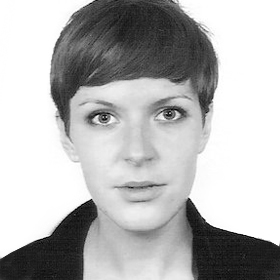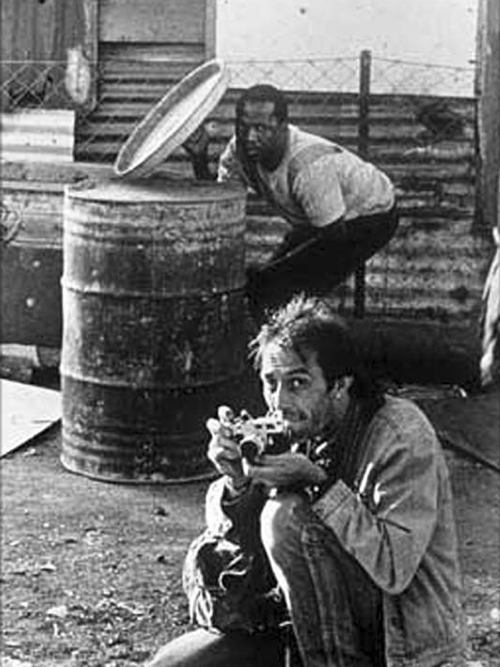
The link between the Journalist and Documentary photographer is close. Especially the Socio-Political Documentary photographer. It is therefore essential to me to reflect on this article as it impacts on my practice.
New technologies, new platforms and new methods of visual storytelling are exerting a range of pressures and influences that require photojournalists to adapt and respond in different ways. (Hadland, Lambert & Campbell, 2016) The essay refers to a first international study done on the subject.
The article starts with a negative statement. It makes the statement that the place of the professional photographer has never been as potentially under threat as it is in the digital era. This is possibly the same remarks made by the scribes with the invention of the printing press. And painters after the discovery of photography. Both significant changes brought about a new ability for society in general to grow, were followed with:
- Severe resistance by practitioners of the previous form,
- Growth in eclectic work in the older practices
- Moving their practice to the limits that the new practices could not achieve
- Further technology improvements in their own traditions from either hybrid versions or tools.
- The Printing press spread up the writing process and assisted democratisation of reading and writing; Photography resulted in a new understanding of how we see the world that found its way back and a greater appreciation for the practice of painting as well as sculpting. And both arguably brought about the enlightenment and significant parts of modernity itself.
- Both led to the transformation and commercial growth of the newspaper and journalism as we know it today.
Boston Consulting predicted two years ago that by 2025 as much as a quarter of jobs currently available will be replaced by either smart software or robots. A study out of Oxford University also suggested that as much as 35 per cent of existing jobs in the U.K. could be at risk of automation inside the next 20 years. (Marr, 2019) This article highlighted ten professional careers that will be challenged. These jobs include some of the work Doctors and Surgeons do in Health care, Insurance Brokers, Architects, Financial analysts, teachers, Human Resources managers, Marketing and Advertising, Lawyers and Paralegals, Law enforcement and finally Journalists. Not only Photojournalist. According to F-stoppers, even Disney (Mason, 2019) and wedding photographers are being replaced with robots (Alexander, 2019).
There are already ethical discussions which include Bill Gates proposing a Technology or “robot tax to replace the Tax revenue that these solutions remove by replacing humans. He argued that it may be time to deliberately slow the advance of the next job-killing technologies (Waters, 2019)“.
Benoît Hamon, France’s Socialist candidate in his presidential elections, has called for a tax on robots to fund a minimum income for all (Waters, 2019)
This does not even consider the lost purchasing power of those that have been replaced. But this is another story. The article is focused on how Photojournalism is impacted by the new media.
Bottom line most jobs are under threat by technology. But also the low cost and automation now available to the audience. We have cell phones that make it easy to take, process and disseminate photos. We also have drones that can follow and record videos of them on behalf of the sportsperson or landscape which can be printed in high quality. Even Master Wedding photographer Yervant stated that video and photography are merging and advise wedding photographers to adopt the technology. Albums can be made from extracting it from continuous video graphed events. Taken at 25 to 50 frames per second. The decisive moments may be captured without effort. This could apply to any documentary work. The ordinary citizen progressively is getting the video capabilities introduced in their Smartphones
However, the point the article makes is that “The challenge to professional news photography goes far beyond job security, and is both multi-faceted and complex. The digital revolution has witnessed the transformation of the audience into producers, and with technology growing in power and shrinking in cost, a new generation of amateur and citizen image-makers has emerged.” And it “ is not only the emergence of visual media as a mass phenomenon that impacts on the future of the professional news photographer, nor is it changing work patterns or even ethical challenges. Professional photography, as this article confirms, is also an extremely risky occupation and is getting riskier (Hadland, Lambert & Campbell, 2016).“
It was Stephen Covey that taught me that every contract needs to have a win-win situation. The product or service needs to provide sufficient value to the customer, and you need adequate income to cover your costs and make a fair profit to sustain a living wage. Or else walk away, which would also be considered a win-win. Due to electronic media and the internet, the value of the newspaper has declined to a level that it is no longer sustainable. To continue, if they can, they need to reduce their overhead which means cutting labour costs. But there is a limit to where this cutoff point is. The point at which is determined on what a journalist or photojournalist is willing to work for. To be a full-time professional Photojournalist their need to be a need address. They, therefore, consider outsourcing this to freelancers either directly associated with them or to the global or national media fraternity. Buying a photograph from an agency such as Magnum and others. Even news articles are made available to them via freelancing channels. They merely require a minimal team on a fix-term basis. The alternative is to move online either in a hybrid or total fashion. Here enter the citizen journalist and amateur photographer. The internet provides the news teams to locate cheap, unique and some time excellent photographs at a low cost at a sufficient quality that cover their need.
The citizen photographer, if shrewd enough, can make money from their moment of glory, making them part-time or momentary professional photojournalists. In my discussion in the previous semester around ………. I discussed the higher value brought about all types photographers that had a camera in New York being able to share their perspectives in the events in and around New York during the 911 attack on the trade centre. This was before the introduction of the cellphone camera. These photographers were within those environments. They were on-site and are experiencing the threat or risk to their lives already. There is no financial need for them to deliberately enter the danger zone but journal the event while exiting meeting the professionals going the opposite direction.
The study indicates in detail that this Physical risk experienced by 92% of the Photojournalists surveyed, which vary from country to country and where these journalists operate. Add to this the low-risk return ratio makes it less worthwhile to photojournalists to operate. The essay list this as one “of the digital era’s more alarming trends, with important implications for the sustainability of photojournalism.“
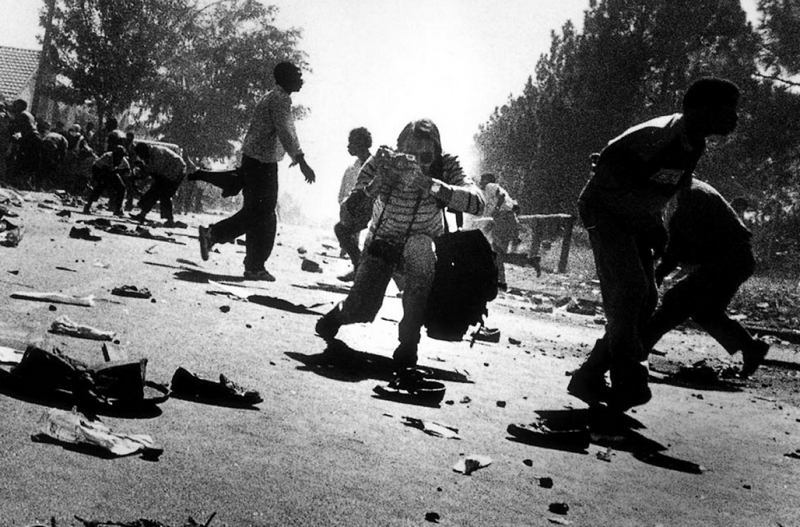
The motivation for some South African photographers was the value they felt they were bringing to the world, to challenge the social injustice of apartheid, and due to international attention, it came with a reasonable return. This is, of course, a generalisation as the impact of his work and the low return led to the financial ruin of Kevin Carter, a Pulitzer prize winner who stated in his letter when he took his own life. He wrote, he was “depressed . . . Without a phone . . . Money for rent . . . Money for child support . . . Money for debts . . . money!!! . . . I am haunted by the vivid memories of killings & corpses & anger & pain . . . of starving or wounded children, of trigger-happy madmen, often police, of killer executioners . . . (Mcloud, 2019)” So even eclectic work won’t do it. His professional life and ruin are reflected in the research graph below.

Graph indicating the results of the survey (Hadland, Lambert & Campbell, 2016).
I have been recently offered R160-00 (less than $10) an hour for part-time work at a major newspaper in a job where I may have to put myself in harm’s way to get the story. And I have to cede the copyright, ownership and distribution rights to my photographs to the newspapers. I have seen a world-famous South African professional Fashion Photographer, that don’t even know how to set up her camera ( she bragged about it at a photo expo) that earned $1000 ‘s of dollars an hour at Vogue and other fashion magazines. Just see where our values lie in the world.

I dedicate this video to him and all those that have fallen to bring us the news. Ken Oosterbroek. (2019). Available at: https://www.youtube.com/watch?v=Q1Uwr0wMq2M [Accessed 29 Oct. ]
Without intent to disrespect those that do this work, I think this article gives a lot of food for thought for a photographer in any practice. As a documentary photographer, I need to make sure that my practice is a win for me and my customer. That means:
- I need to give priority to assignments that ensure that I continue to grow and develop through allowing me to influence the creative outcome.
- I need to work on creating a sustainable income by aligning myself to assignments that will result in repeat business and long term relationships.
- Take on assignments that allow managing my risk of injury or death or after ensuring that I have done what I can assure that I am well compensated for taking that risk if I agree to accept the assignment.
- Manage to ensure that I rediscover myself in a way that the demand for my work increase rather than decrease.
- Learn to and run my practice as a business practice.
- Ensure that I have a sustainable living wage to take care of the things and people that is important to me, such as my family and my community.
- Ensure that I have sufficient income to update my equipment to stay ahead of the game.
- Take on assignments that will not damage my brand and reputation. Do ethical work.
- Make sufficient provision for retirement (too late for that for me), frailty care and ill health and benefits such as Hospitalisation and Medical aid. And provide for taking breaks.
I believe if I take all of the above principles into consideration, I will find the correct partners to work for and be able to sustain my practice in these changing times.
Otherwise, as discussed in this semester find a higher value job in the photography industry. Or both.
As far as photojournalistic practice is concerned, there may be some opportunities in that area. Still, if I carry my camera all the time (cell phone or DSLR), I may be ready if an event occurs and participate, but I won’t run into a burning building to get the story.
References
Adrian Hadland, Paul Lambert & David Campbell (2016) The Future of Professional Photojournalism, Journalism Practice, 10:7, 820-832, DOI: 10.1080/17512786.2016.1163236
Marr, B. (2019). Surprisingly, These 10 Professional Jobs Are Under Threat From Big Data. [online] Forbes.com. Available at: https://www.forbes.com/sites/bernardmarr/2016/04/25/surprisingly-these-10-professional-jobs-are-under-threat-from-big-data/#8f6a84f7426b [Accessed 29 Oct. 2019].
Mason, S. (2019). Petition Goes Viral: Do Not Replace Disney Photographers With Robots. [online] Fstoppers. Available at: https://fstoppers.com/news/petition-goes-viral-do-not-replace-disney-photographers-robots-411441 [Accessed 29 Oct. 2019].
Alexander, J. (2019). Eva the Robot Photographer Just Shot Her First Wedding. [online] Fstoppers. Available at: https://fstoppers.com/wedding/eva-robot-photographer-just-shot-her-first-wedding-356696 [Accessed 29 Oct. 2019].
Waters, R. (2019). Bill Gates calls for income tax on robots | Financial Times. [online] Ft.com. Available at: https://www.ft.com/content/d04a89c2-f6c8-11e6-9516-2d969e0d3b65 [Accessed 29 Oct. 2019].
Mcloud, S. (2019). The Life and Death of Kevin Carter. [online] TIME.com. Available at: http://content.time.com/time/magazine/article/0,9171,165071,00.html [Accessed 29 Oct. 2019].
Neal, L. (2014). How Photojournalism Killed Kevin Carter. [online] All That’s Interesting. Available at: Http://allthatsinteresting.com/kevin-carter [Accessed 29 Oct. 2019].
Ken Oosterbroek. (2019). Available at: https://www.youtube.com/watch?v=Q1Uwr0wMq2M [Accessed 29 Oct. 2019].

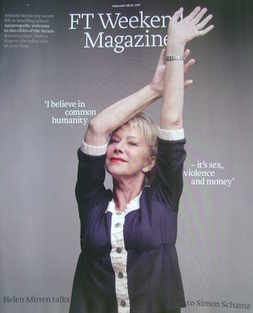
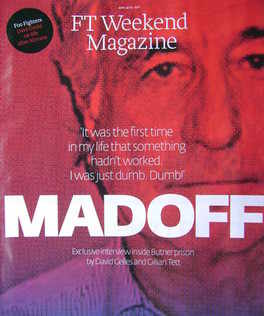


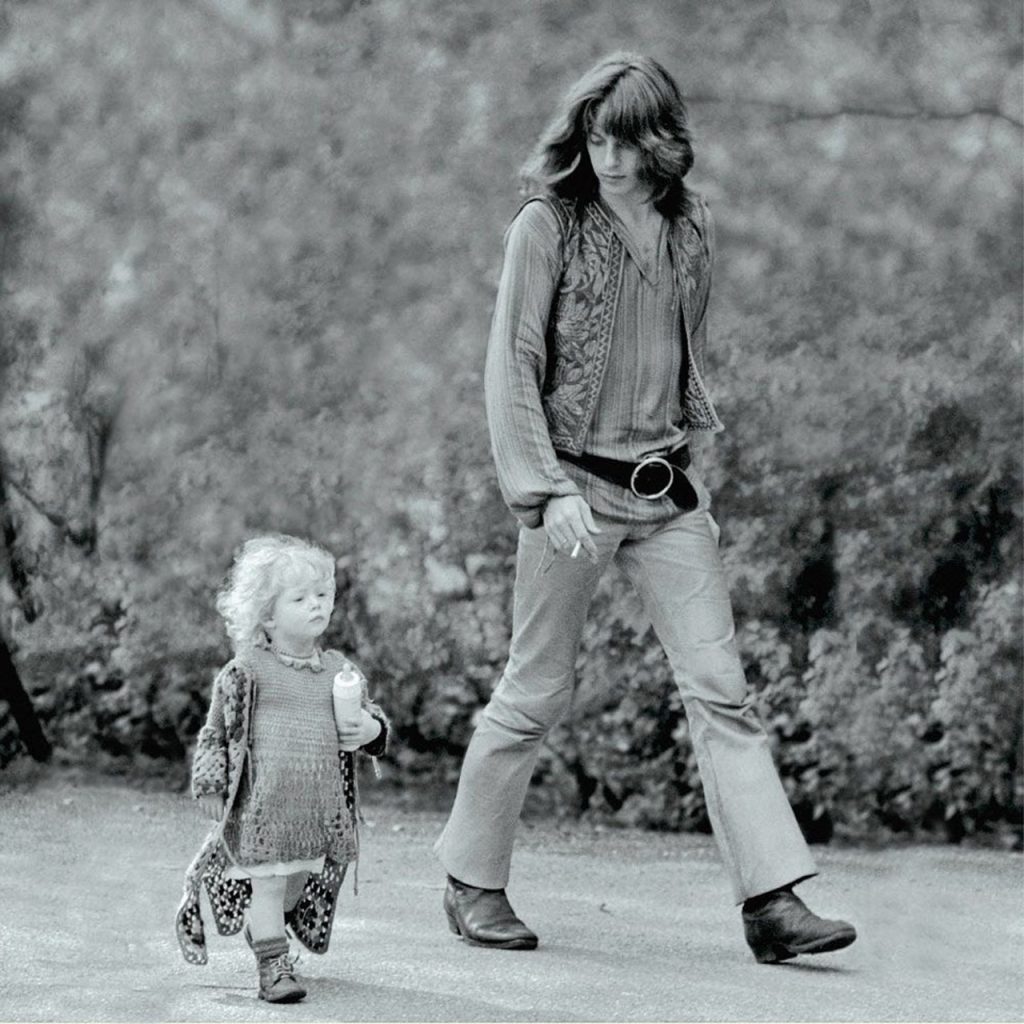
/arc-anglerfish-arc2-prod-tronc.s3.amazonaws.com/public/H26VVT7S3IAFLYSN2QLH5Y3GCU.jpg)




